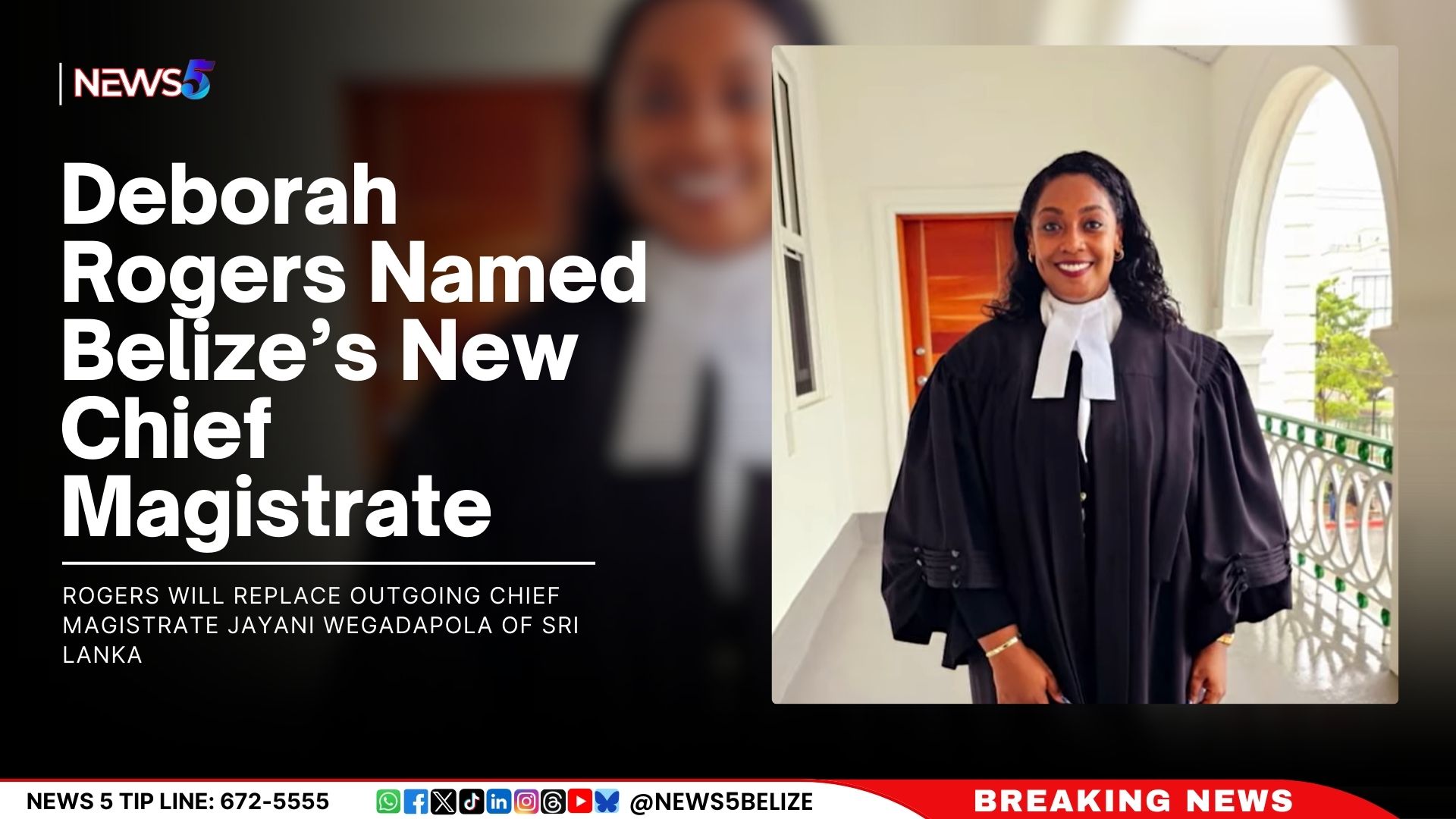In 1995, the Manuel Esquivel-led UDP administration faced financial challenges that compelled it to freeze annual increments for public officers, saving the government $7 million. The increment freeze, which lasted until March 1997, deferred salary increases and led to the retrenchment of approximately 700 public officers under recommendations from the International Monetary Fund (IMF).
To offset the impact, the government committed to investing in shares of Belize Telecommunications Limited (BTL), allocating 480,000 shares valued at $2.4 million to public officers. Those investments, managed through the Public Sector Workers Trust (PSWT), have since grown to over $10 million. However, disputes over access to these funds continue to this day.
Hubert Enriquez, president of the Association of Beneficiaries and Retired Public Officers (ABRPO), explained the origins of the trust:
“In 1995, the government faced difficulties meeting its financial obligations and turned to public officers and unions for help. The deferred increments were used to balance the budget, and in return, shares in BTL were issued to unions on behalf of public officers. Those shares have since grown in value, and the funds are sufficient to address the withheld increments.”
Enriquez clarified that while the trust was originally established to fund projects benefiting public officers, the beneficiaries now demand direct compensation instead.
“Basically what happened in 1995 is that the government had difficulties in meeting the financial obligations, and so they turned to public officers and the unions to help them to bail them out, so to speak, and so what they did really was to defer the increments of public officers that they get on an annual basis, and that was how they were able to balance the budget, so to speak, but for that they made a commitment as well to invest the funds that would have been saved, and it did by issuing to the unions shares in BTL. Those shares are valued at a certain amount of money, you know. And in fact, they issued at the time, 480, 000 shares to public officers. And over the years, those, those, those were worth at the time 2.4 million, worth. That was invested, and over the years, it has now grown to over 10 million dollars,” he said.
The PSWT has faced ongoing administrative challenges, with questions about its legal structure and oversight. A 2014 court ruling named the Government of Belize as the trust’s settlor, granting it authority to appoint a protector. Financial Secretary Joseph Waight assumed this role in August 2024, but according to Enriquez, little progress has been made.
“The protector should be the person in charge, but he has not taken charge. That’s what we’re saying today. Because we are truly under, not a court case…The government was…One of the things that came out of the court case that was held some years ago was that the government be named as settler of the trust. With the settler now being the government, he now has the authority to be able to name a protector for the trust. The protector was at first with the unions. And so now it’s now moved back to where it had to be, which is the government, and the government has named now a protector. That protector has not acted the way we should act. But we are, we are here today because we want him to act. ” Enriquez stated.
Enriquez noted that more than 7,000 public officers were affected by the increment freeze, with 248 beneficiaries having since passed away. The association is working to ensure that their next of kin are included in the distribution of funds.
Public officers who were retrenched at the time were compensated separately and are not eligible for these funds. Enriquez emphasised the importance of finalising a comprehensive and accurate list of beneficiaries to ensure no one is excluded.
The ABRPO has signalled its readiness to escalate their efforts.
